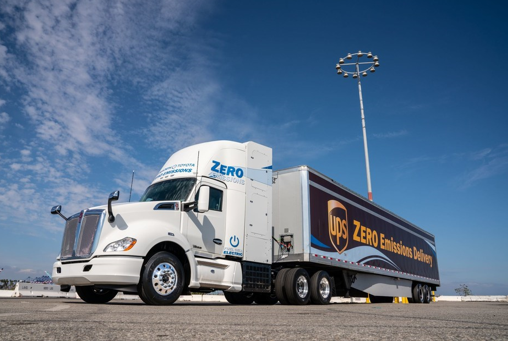COVID-19 and Regulations Continue to Influence CV Engine Demand

ACT Research Says that legislation toward zero emissions continues to grow, and both factors are influencing engine demand
According to the recently released N.A. Commercial Vehicle On-Highway Engine OUTLOOK, published by ACT Research and Rhein Associates, the US economy continues to improve, despite setbacks with increased COVID cases across the country. Additionally, the report noted that legislation toward zero emissions continues to grow, and both factors are influencing engine demand, as well as the commercial vehicle markets in general.
Kenny Vieth, President and Senior Analyst at ACT Research, noted, “The trucking industry has rebounded strongly, with spot freight rates at record highs and increased new truck order intake leading to raised 2020 industry outlooks for the medium and heavy-duty segments.” He added, “More home deliveries because of COVID are further influencing the trucking industry, amplifying the shift to reduced-distance routes and increasing last mile deliveries.”
Andrew Wrobel, Senior Powertrain Analyst at Rhein Associates, commented, “On the regulation side, California’s Governor issued an executive order to require new passenger vehicle sales be zero-emission by 2035. For commercial vehicles, drayage trucks will follow the 2035 timeframe, while medium and heavy trucks will need to be zero emissions by 2045.” He also noted, “The order also requires state agencies to accelerate development of affordable fueling and charging options.”
When asked about alternative fuels, Wrobel commented, “The outlook for natural gas powered Class 8 vehicles shows limited growth from today’s low market share levels, and despite the current pandemic, electric vehicle product development and new introductions continue. That said, each alternative fuel has its place. Truck fleets remain the primary users of natural gas engines, with refuse the leading vocational application, while medium-duty applications are identified as a primary adopting group of electric commercial vehicles because of their urban applications, with limited daily mileage and most returning to base overnight for easier recharge. School buses are also good candidates for alternative fuels, from propane to natural gas to electric.”
Category: Electric Vehicles, Engines & Drivetrains, Equipment, Featured, Fuel & Oil, General Update, Green, News, Vehicles










